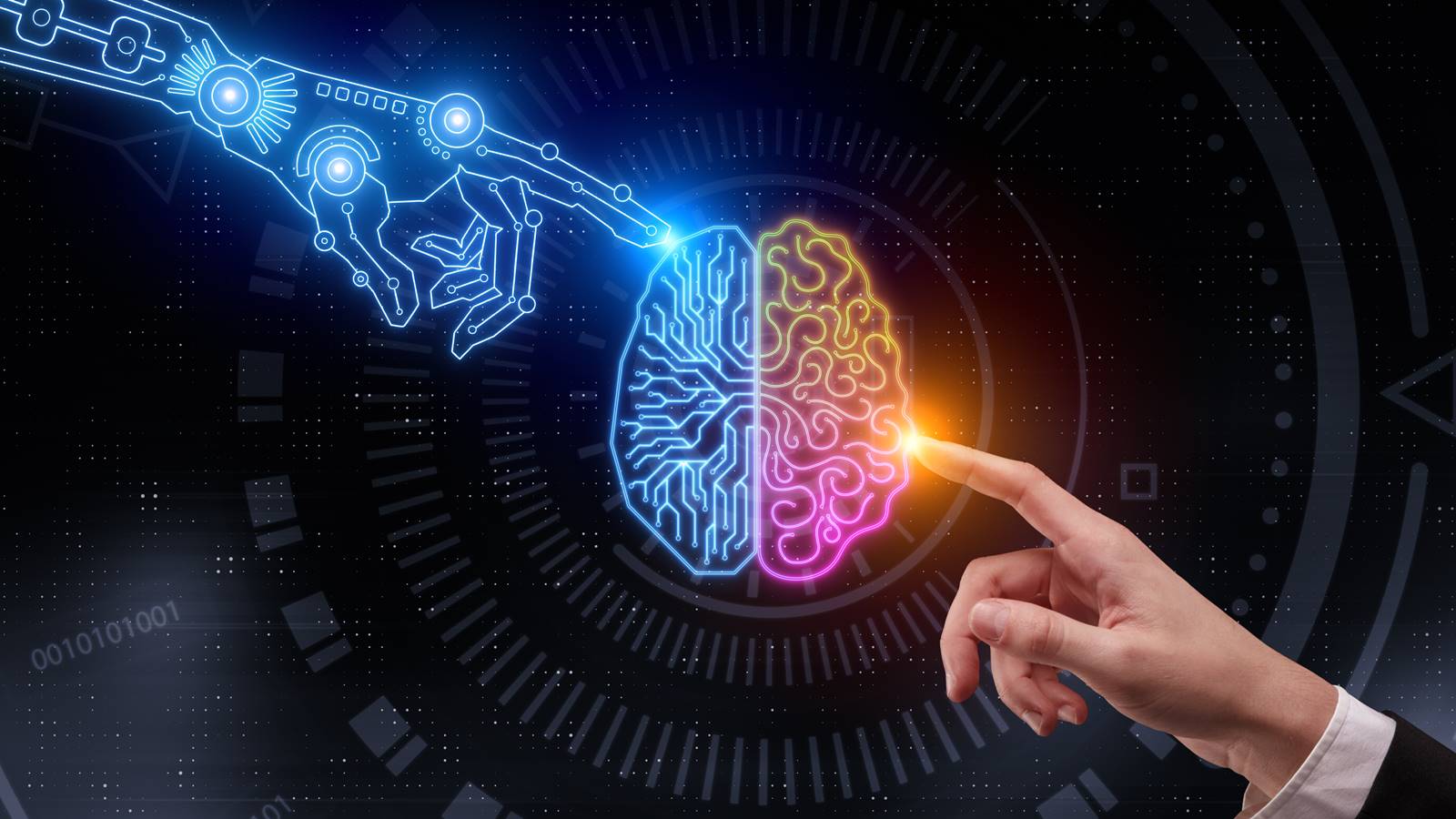We are sentient beings. We think, reason, communicate with each other and more. But in the past several years, other human creations have the ability to think. And that is artificial intelligence.
What is AI? Well, simply put, artificial intelligence is a way to enable computers to learn with the help of a teacher as well from their own experience. They can quickly adapt to the enormous volume of new parameters and perform tasks they couldn’t handle before.
As everything else in our reality, AI has its own life cycle. We head it first about AI in 1956. And while the technology is young, it already showed a huge part of its potential and unlimited possibilities.
Let’s talk a bit more about artificial intelligence.
How we got here?
Today, we can hardly imagine our life and world without artificial intelligence. But it wasn’t always like that.
The first mention of the three laws of robotics can be found in the writings of the famous fiction writer Isaac Asimov. He formulated the three basic laws of robotics in his work Runaround.
The three laws are the following. A robot may not injure a human being or allow a human being to come to harm. A robot must obey the orders given it by human beings except where such orders would conflict with the first law. And finally, a robot must protect its own existence as long as such protection does not conflict with the first or second law.
Then, in 1950, Alan Turin asked the famous question “Can machines think”. The influential researcher developed a brief system for assessing intelligence level of artificial neural networks. He created The Game of Imitation, which later got the name the Turing Test.
In the summer of 1956, we heard the term artificial intelligence for the first time. It came at the Dartmouth College conference. Prior to the conference, scientists formed the concept of neural networks and natural language. But they didn’t have the term for the concept. At the Dartmouth conference, the young and ambitious scientist John McCarthy coined the term.
The next year, in 1957, psychologist Frank Rosenblatt create the perceptron, the first primitive mechanical neuron. The device, an analog neural network, consisted of a grid of photosensitive elements. They were connected by wires to functional units, and had the purpose of training the AI. Today, the wide perception is that Mark 1 Perceptron cleared the way for modern research.
After 10 years of impressive investments and research into the field, there were no results. But then two documents changed everything. The first one is the ALPAC report in 1966 for the US government. And the second is the 1973 Lighthill report for the British government. After the reports, the two governments set strict limits on timing and expected research in the field of AI.
By the end of the 1980s, we finally got to expert systems that could store huge amounts of data and imitate the human decision-making process. And today, we are still working on a better understanding of the AI process.
What you need to know about modern AI?
AI encompasses many different types of computer learning. There are more specific designations like machine learning, deep learning, deep inference and more. The simplest definition is that machine learning is the practice of using algorithms to parse data, learn from it, and then make a determination or prediction.
By 2030, AI will contribute more than $15.7 trillion to the global economy. With the improvements in products and services, AI will boost North America’s GP by 14% in 2030.
At the moment, the biggest area of improvement in AI is the autonomous vehicle market. AI is the biggest driving force for it. And by 2027, the self-driving car market will be worth $127 billion.
Artificial intelligence helped make our home a better place. The connected home concept is a reality. We have AI personal assistants like Alexa. It holds 70% of the smart speaker market. Then there is also the Google Assistant and other apps.
And did you know that many of the products you are because of an AI suggestion? Amazon uses machine learning systems to recommend products to customers on the e-commerce platform. The algorithm determines which deals to give you, and when to give them to you.
As of 2020, humans are smarter than any type of AI. But things might change in the future.
Will AI Kill Us?
One of the basic association with AI is T-1000 from Terminator. But that is not the reality of AI. No, artificial intelligence will not kill us. Robots will not start a revolution against humanity.
In its current form, AI is harmless. By the time we get to something threatening, we will have systems in place to control it. Yes, the scientific world is aware of the potential dangers of artificial intelligence.
According to some researchers, AI is only one-tenth as smart as a human being. And that will stay like that up until 2035 at least. Scientists expect thing to change by 2060, when AI will perform nearly all the tasks humans do.
The question is whether AI will kill jobs? And we have to use the Schrodinger’s Cat theory. The reality is we do not know. Yes, the technology will eliminate jobs due to automation. But at the same time, it will create jobs in other industries and areas.



